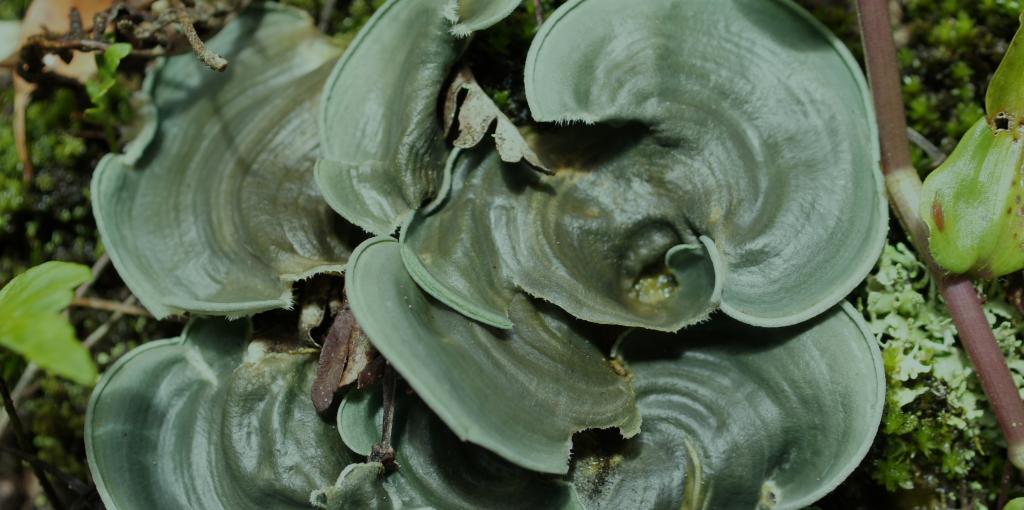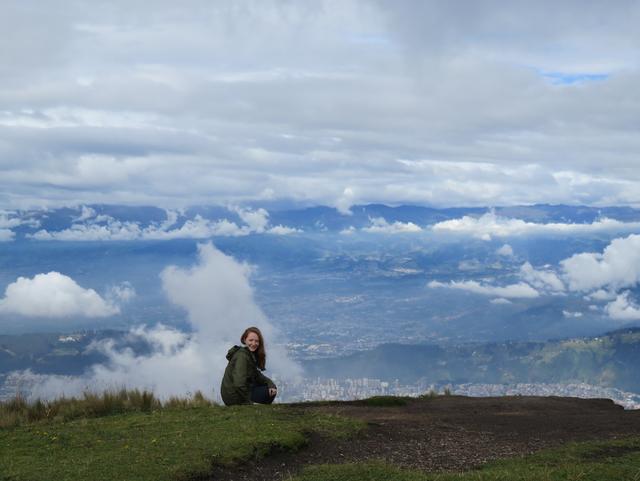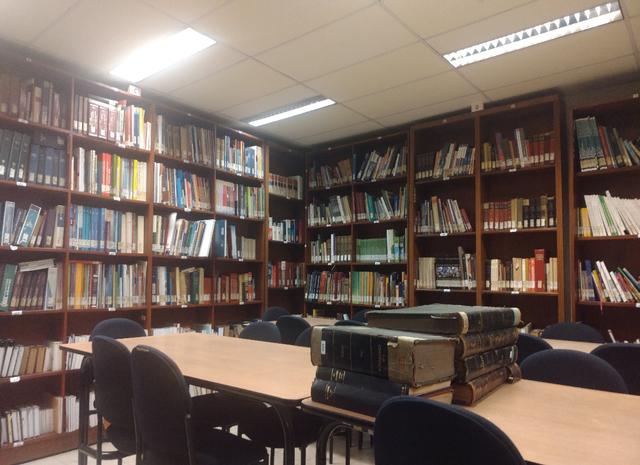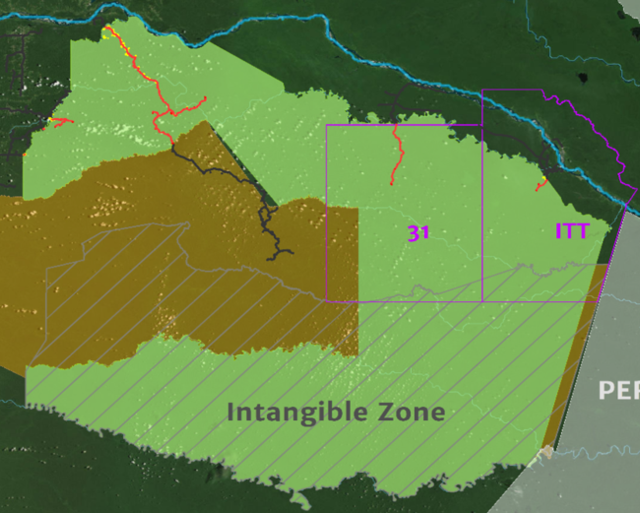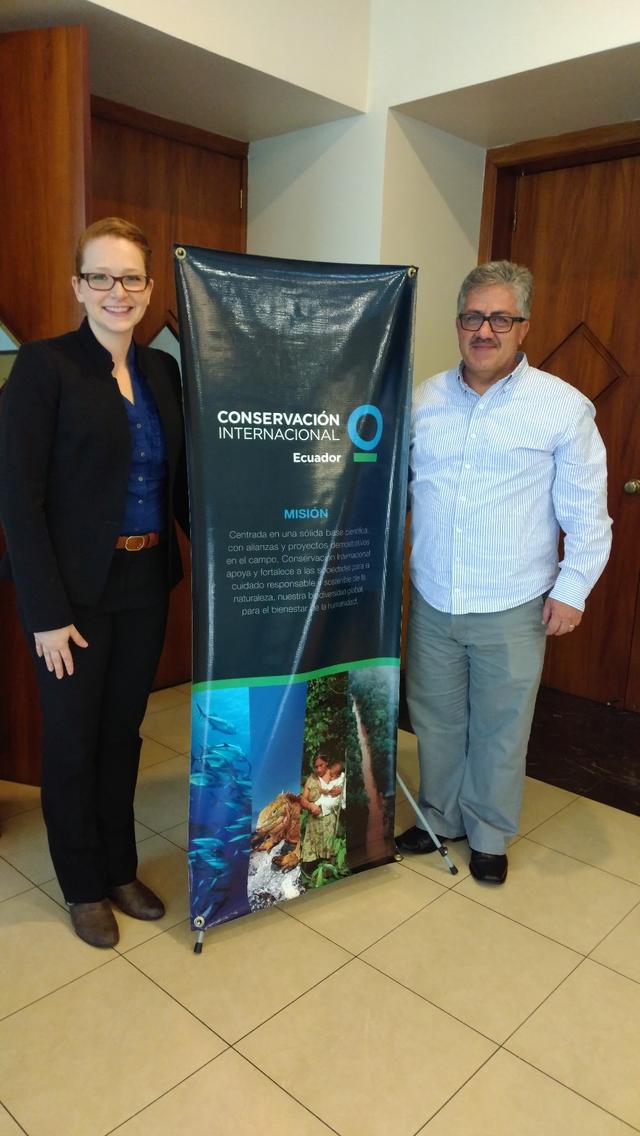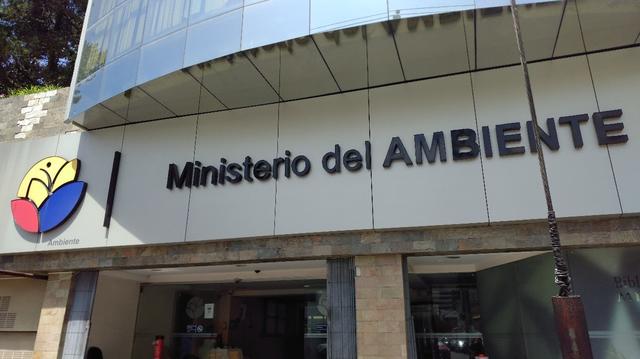Admission CTAs
Bridging Science and Policy: Notes from the field
Graduate Student Research:
Examining legal changes that affect national parks and protected areas in Ecuador and Peru.
by Rachel Golden Kroner
PhD Candidate, Department of Environmental Science and Policy, College of Science, George Mason University
How can scientists engage with and work to influence policy? There are many possible levels of involvement – from simply sending peer-reviewed publications to “influencers” to doing research which is embedded in and directly supports decision makers. I experienced a taste of working along the science-policy interface during my most recent trip to Quito, Ecuador.
My research is focused on legal changes that affect national parks and protected areas – protected area downgrading, downsizing, and degazettement or PADDD. To study PADDD, I use archival research, spatial analysis, and impact evaluation to understand the patterns, trends, causes, risks, and impacts of this phenomenon. I conduct “urban field work” in Ecuador and Peru, which involves visits to the capital cities of Quito and Lima. These visits allow me to access archives of legal documents and interview experts in government, academia, and non-governmental organizations who can provide important contextual information about PADDD events.
During my most recent urban field work visit to Quito, I had the opportunity to give a presentation to staff from the Ministry of Environment in Ecuador (the MAE for its acronym in Spanish) which was hosted by the University Andina Simon Bolivar. MAE is the Ecuadorian authority for protected areas and is charged with their establishment, funding, and management. This is not a small task, considering that protected areas currently cover about 20% of Ecuador’s territory on land! To help inform the MAE’s work on protected areas, I presented a summary of my results on PADDD in Ecuador, providing an historical account of protected area boundary changes and regulatory adjustments. For example, portions of Yasuni National Park– heralded as the most biodiverse place on the planet – were downgraded in 2013 to allow oil development and reversing the famed Yasuni ITT initiative. For this initiative, President Correa requested funding from the international community equivalent to half of the value of the undrilled oil in the region in exchange for leaving the oil in the ground. Political and economic issues contributed to the failure of this initiative. Recent analyses show that the deforestation frontier in this region is advancing as oil production activities, including roads, are developed.
In addition, I presented details on dozens of other cases of PADDD in Ecuador, which stemmed from a variety of causes including local land claims, mining, and infrastructure. The staff at MAE were aware of the most recent cases, but many had not heard about legal changes which occurred in the 1980s and 1990s. One possible reason for this is that the protected areas in Ecuador were previously managed by INEFAN (the Forestry, Natural Areas, and Wildlife Institute), but management was transferred in 1999 to the newly-formed MAE. Given this discontinuity in institutional oversight of protected areas, certain legal documents and maps were lost, along with much of the institutional knowledge held by INEFAN.
Following the presentation, staff from MAE asked many excellent questions about the methodology, results, and next steps. To carve out more time and delve deeply into these questions, I hosted a workshop at MAE the week after the seminar presentation. During this workshop, I provided additional details about the archival research and mapping process, as well as shared data. MAE also provided excellent suggestions for next steps and additional analyses.
This presentation and workshop on protected areas and PADDD to the Ecuadorian Ministry of Environment comes at a relevant time for both national and international policy. In Ecuador, the new Organic Environmental Code recently came into effect; MAE is working to delineate certain provisions regarding protected areas and the process for changing their boundaries. In addition, as we approach 2020, the new targets for the Convention on Biological Diversity (CBD) – including those for protected areas – are being discussed at the international level. A consideration of PADDD and how protected areas can be threatened by legal changes is a part of the conversation for the next generation of CBD targets. With continued engagement of scientists in policy and decision-making processes – at national and international levels – we can help ensure that our protected areas deliver on their promises for long term conservation.
